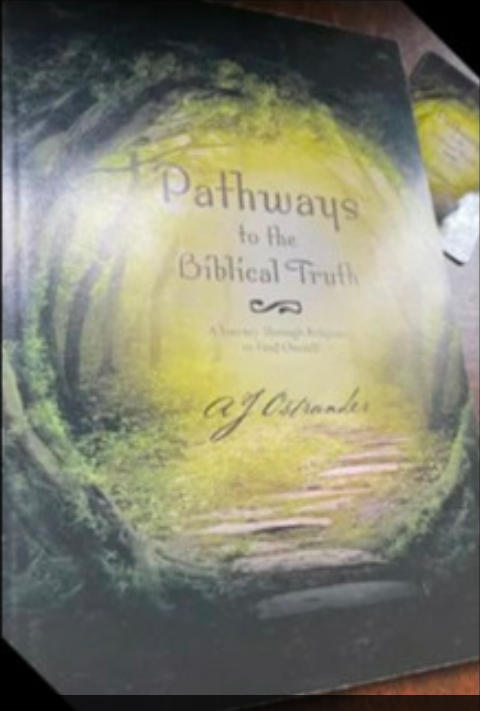Pastor Bathing his members in the church that they will receive Miracles.
Cleanliness is next to godliness.
John Wesley, the co-founder of Methodism may have been the originator of the slogan "cleanliness is next to godliness." In 1791, he referenced the phrase in one of his sermons as we use it today. Wesley wrote, “Slovenliness is no part of Religion. Cleanliness is indeed next to Godliness."
Rabbi Hershel SchachterThe Torah She'Baal Peh
Towards the end of Parshat Ki Tissa, Moshe is told by Hakadosh Baruch Hu that he will be giving him a two-part Torah - part biketav, in writing, and part baal peh, oral. These two parts of the Torah must be transmitted from generation to generation, each in its own fashion. The Torah shebiktav must be taught mitoch haketav, from reading from a written scroll, while the Torah shebaal peh must be transmitted orally. The Talmud (Temura 14b) records that at a certain point in history the Rabbis felt that there was a serious concern that the insistence on observing this point of law could possibly cause much of the Oral Torah to be forgotten, so they permitted the transmitting of the Torah shebaal peh from a written text. The expression used by the Talmud in this context is, "it is preferred that one letter of the Torah be violated, rather than have the entire Torah forgotten."
Rambam (Mamrim 2:4) gives an analogy from medicine to understand this point: Sometimes a doctor will amputate an arm or leg of a patient to keep him alive. Rambam, however, quotes from the Talmud (Yevamot 90b) that such a special "hetter" may be practiced only as a horaat shaah (on a temporary basis) and not ledorot (permanently).
Many centuries have passed and the Oral Torah is still being taught from written texts of Mishnayot, Talmud, and Shulchan Aruch. This poses an obvious problem. Can a practice which has continued for close to two thousand years be considered a horaat shaah because at some time in the future (i.e. leyemot hamoshiach) that practice will be discontinued? This issue is dealt with in the classical halachic literature.
Exactly when this change in the style of teaching the Torah shebaal peh occurred was a question among the scholars. It is generally assumed today that this change occurred after the times of Ravina and Rav Ashi. The Talmud quotes several passages from the "Sefer of Adam Harishon", the book that God showed Adam about the transmission and the development of the Torah throughout the ages. One such line reads that, "Ravina and Rav Ashi will be the end of the period of horaah." Rav Moshe Soloveitchik took this to be referring to the aforementioned issue: because after their time the Torah shebaal peh was no longer being transmitted orally, the status of the Rabbis as "baalei horaah" was lowered halachically. All the Rabbis from the days of Yehoshua until the days of Ravina and Rav Ashi had a higher level status of baalei horaah than those that followed them. We therefore assume that while in each generation the Rabbis are entitled to express their own original opinions, even in disagreement with those who preceded them, those following Ravina and Rav Ashi do not have the authority to disagree with the accepted positions of the Talmud. Only a "baal horaah" is entitled to an opinion, (Horaah being a definitive position on a matter of Torah shebaal peh) and the "baalei horaah" of the later period, when the Oral Torah was no longer being transmitted orally, are on a halachically lower level.
Join our Facebook Come Out of Her My People Group


No comments:
Post a Comment